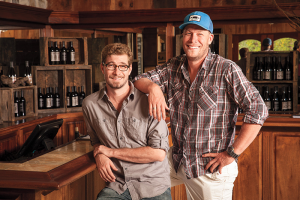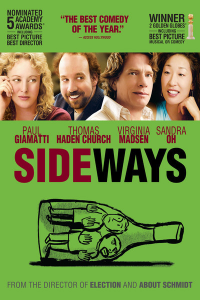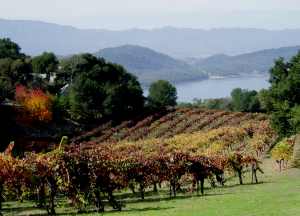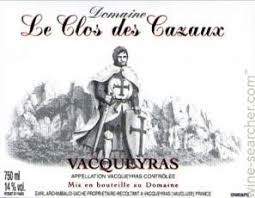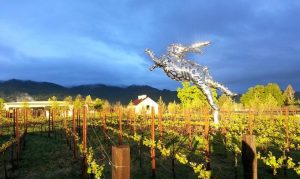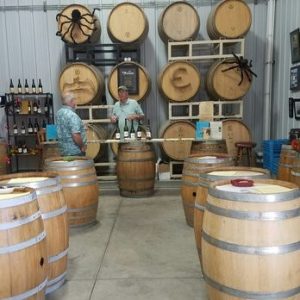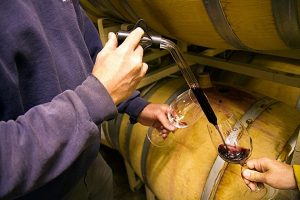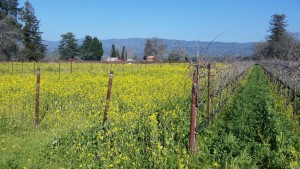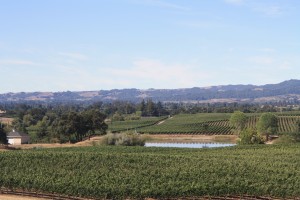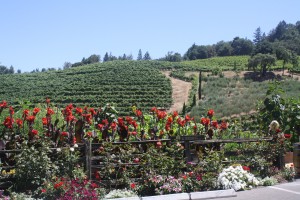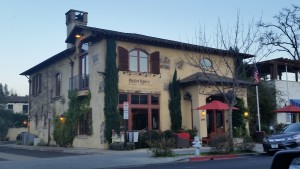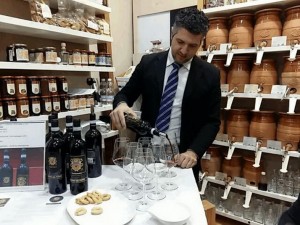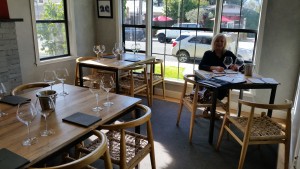They say that no good deed goes unpunished. Be that as it may, it’s not always the case and here’s a story to prove it. In the summer of 2000, Steve got into a cab in New York City and there sitting on the back seat was a wallet, full of cash and credit cards. He could have given it to the driver to turn in to the city’s Lost and Found, if there is such a thing, but instead he leafed through the cards and found a driver’s license. Using his cell and Directory Assistance, he called the owner’s home in Windsor, CA. Of course no one was at home – Steve found the wallet in New York after all – but he left a message. Minutes later he received a call from the fellow who had lost the wallet. He was amazed that he would get his wallet back, in New York of all places.
When the handover occurred, the gentleman offered Steve some money, which he turned down. Steve told him to pass the word along in California that the nasty myths about New Yorkers weren’t all true. Steve was asked for his business card and, expecting a thank you note, he gave one and sent the lucky tourist on his way.
A few weeks passed and Steve found a box on his desk with three wine bottles in it, his reward for returning the wallet. Two of the wineries have become favorites of ours; sadly the third never lived up to its promise. The two were Limerick Lane and David Coffaro. In keeping with our practice not to speak ill of a winery, the third one will go unnamed. They are still there to be visited and we’ll reflect on what they were like then as well as how they have changed since.
As it happened, Lucie and Steve made their first visit together to Napa/Noma a few weeks after the bottles arrived and we made Limerick Lane, in Russian River, our first stop. Then and now it’s a bit hard to find, although in the ensuing years more wineries have opened on the eponymous road. Lucie had never tasted a proper Zinfandel, nor had she seen or tasted the grape itself. (It is small and very sweet.) So this winery was a revelation. At the time, the tasting room was little more than a garage with a folding table and some bottles, but the wines were eye-openingly good. Back then it was owned by Michael Collins, who focused on the Zins and in time added a very good Pinot Noir. We joined the wine club and were quite happy with the wines Limerick Lane sent us.
The Bilbro brothers in today’s Limerick Lane tasting room. Photo courtesy of Limerick Lane Winery.
In 2011, the winery was sold to the brothers Jake and Alexis Bilbro. They changed the label (we preferred the old one), dropped the Pinot Noir and somewhat amped up the wines. We were unhappy at the time and dropped out of the club. In retrospect, 2011 was a terrible year across California and the Bilbro brothers picked a lousy time to take over the property. We are happy to report that Limerick Lane no longer has a wine club because their wines have improved to the point that they get huge numbers from the press and many of their wines are allocated.
David Coffaro in his vineyard, in his habitual “suit”. Photo courtesy of David Coffaro Vineyard and Winery.
As much change as there has been at Limerick Lane, there has been very little at David Coffaro. It is still sitting alongside Dry Creek Road, with Dave very much still in charge. If you like big, fruit-forward wines made from familiar and unfamiliar grapes alike (and often blended together) then you’ll like what come from this winery. For sure, Dave’s wines aren’t for the faint of heart so if you like big, bold California wines, Dave’s your man. See our previous review of David Coffaro Winery for more information.
Don’t you just like stories with happy endings?
